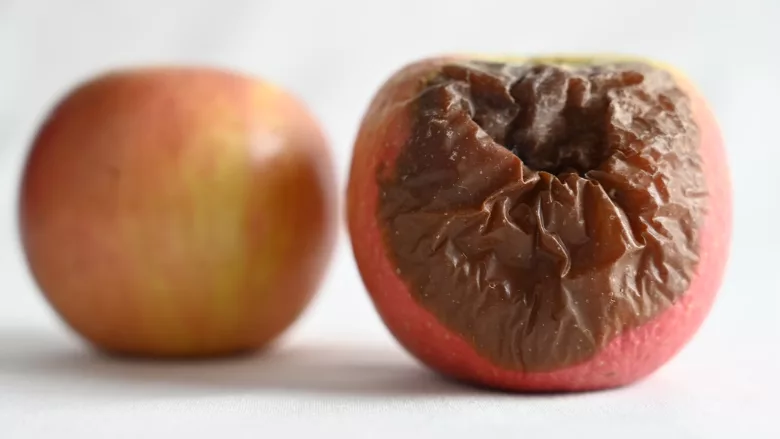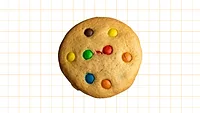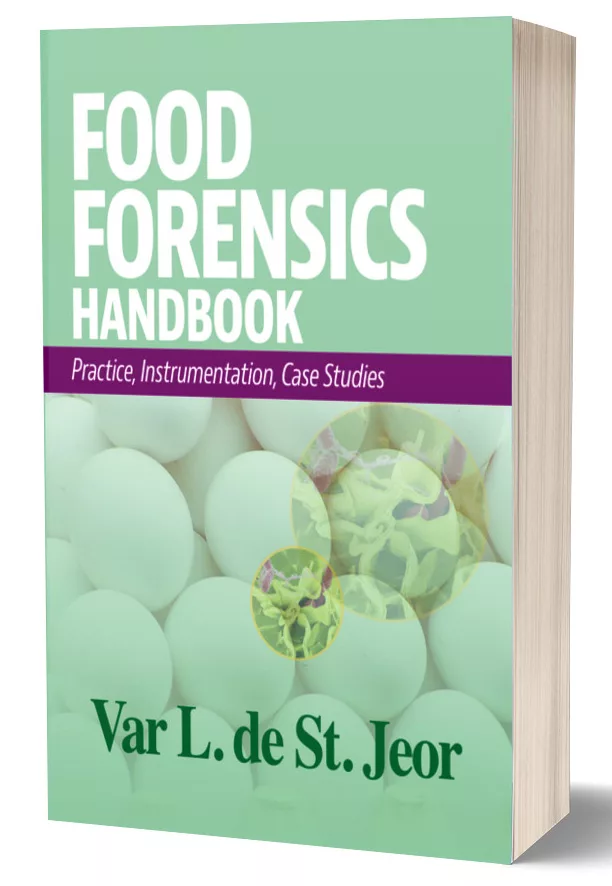Antenna-Based Artificial ‘Nose’ Accurately ‘Smells’ Spoiled and Damaged Foods

Image credit: Giuseppe CUZZOCREA via Unsplash
New artificial nose technology developed by the Norwegian University of Science and Technology (NTNU) could make it possible to reliably detect and identify spoiled and damaged food through smell.
The artificial nose is based in antenna technology, which provides the NTNU nose a distinct advantage over previous iterations of electronic noses. In comparison to other electronic noses, NTNU’s artificial nose leverages already existing and readily available infrastructure—antennas. NTNU’s simple design eliminates challenges posed by the complexity and resource-intensiveness of other electronic noses that be made up of hundreds of sensors.
The NTNU artificial nose comprises a single antenna with one type of coating. The antenna transmits radio signals at varying frequencies into its surroundings and analyzes how the frequencies are reflected back. The behavior of the signals depends on the gases present, enabling the antenna to recognize them. Because the antenna transmits signals at multiple frequencies, the changes create unique patterns that can identify specific volatile organic compounds. These compounds are often odiferous to the human nose, hence the antenna’s name of “artificial nose.”
The artificial nose even performs well when isomers are present. Isomers are chemical compounds that have the same molecular formula, but where the atoms are bound together in slightly different ways. Even the most sophisticated iterations of electronic noses have been unable to consistently differentiate between isomers with accuracy—a challenge the NTNU artificial nose has overcome.
NTNU’s artificial nose was able to classify volatile organic compounds—including isomers—with 96.7 percent accuracy. The technology was tested on spoiled and impact-damaged fruits and meats of varying ages, which affirmed the artificial nose’s efficacy in real-life scenarios.
For a deeper exploration of how sensory science can advance food safety, such as through electronic ‘nose’ and electronic ‘tongue’ technology, listen to the latest Food Safety Matters podcast episode, “Ep. 180. Dr. Carolyn Ross: Where Sensory Science Meets Food Safety and Quality,” here.
Looking for quick answers on food safety topics?
Try Ask FSM, our new smart AI search tool.
Ask FSM →









